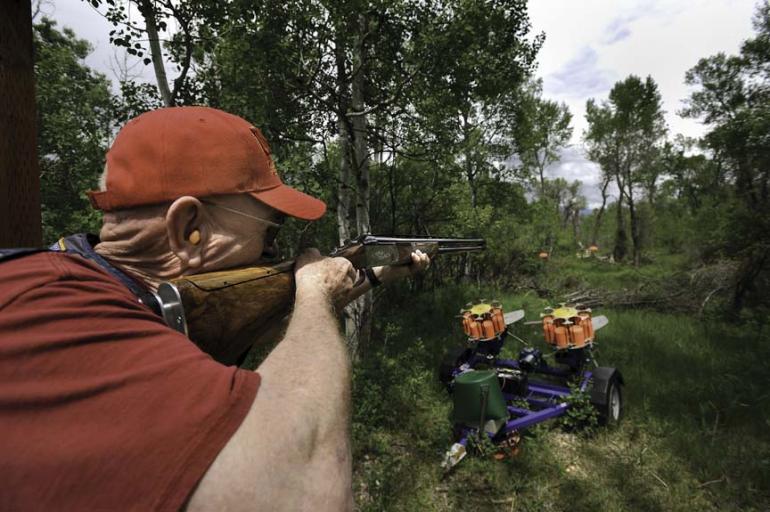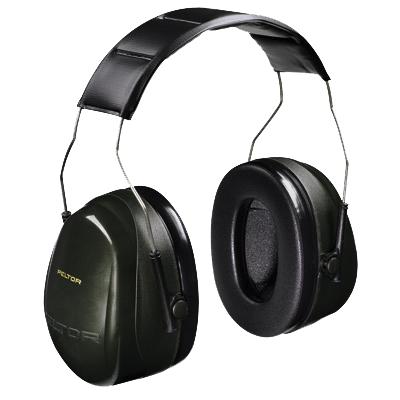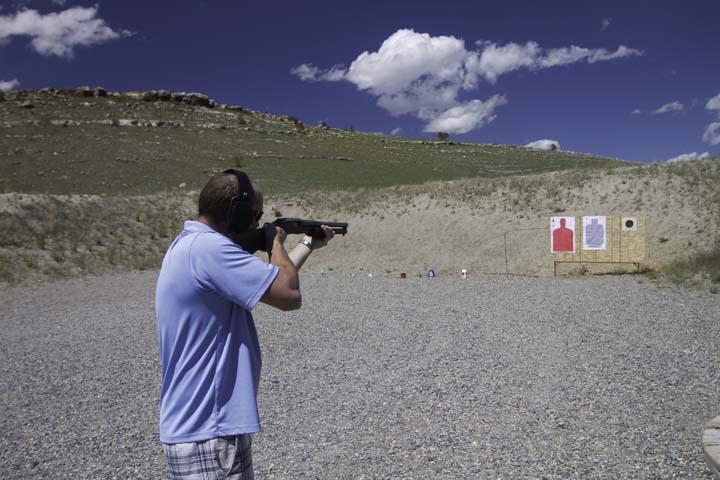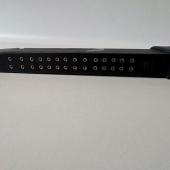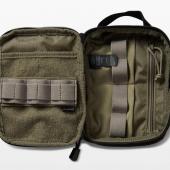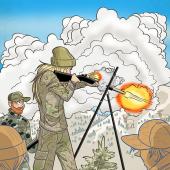Say What?
How to protect your hearing while hunting.
There are plenty of things to remember when prepping for a hunt, but hearing protection is often overlooked. Properly fitting, sufficient hearing protection can prevent permanent and irreversible hearing loss. Hunting-related damage is common—almost four times more common for hunters than for the average population. Some sources estimate that 80% of shooting sportsmen have some degree of hearing impairment. According to OSHA, sound becomes harmful when it reaches an intensity level of only 90 decibels (dB). Considering that a 12-gauge shotgun blast comes in at a whopping 165dB, hunters can do serious, permanent damage in a short amount of time.
Always refer to the Noise Reduction Rating (NRR) before purchasing hearing protection. If the product does not have “NRR” on the package, don’t buy it—simple as that. Remember that NRR is based upon the best-case scenario: OSHA recommends reducing the NRR by half when determining the adequate level of protection, depending on the quality of fit.
3M Classic foam earplugs list an NRR of 29dB, and 3M’s Peltor Deluxe earmuff ear molds have an NRR of 27dB. Another type of hearing protection gaining popularity is custom-molded plugs. These do-it-yourself silicone impressions with an NRR of around 25dB, ensure a precise fit and maximum comfort. Your final option is Digital Sound Processing (DSP) hearing protection which uses advanced electronics to protect from loud noises, while boosting soft sounds like conversation, so communication and safety aren’t compromised; this has an NRR of around 25dB. DSP hearing protection can be both earmuff-style and custom-made, but it is the most expensive option.
So every time you or your hunting partner shoots, take the proper precautions and save yourself from a lifetime of challenges created by hearing loss. Remember that once your hearing is gone, it’s gone for good—hunt safely so you can enjoy many more seasons.
Nathan J. Putnam is an audiologist and the owner of Treasure State Hearing.

